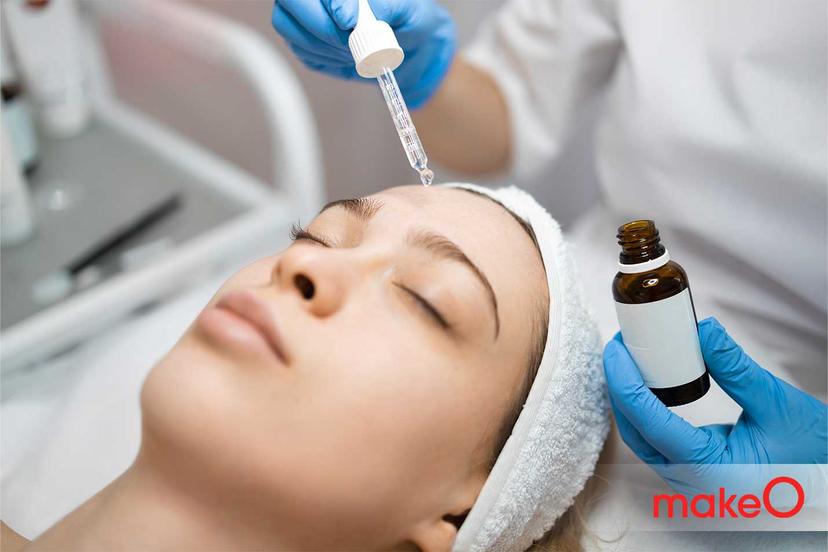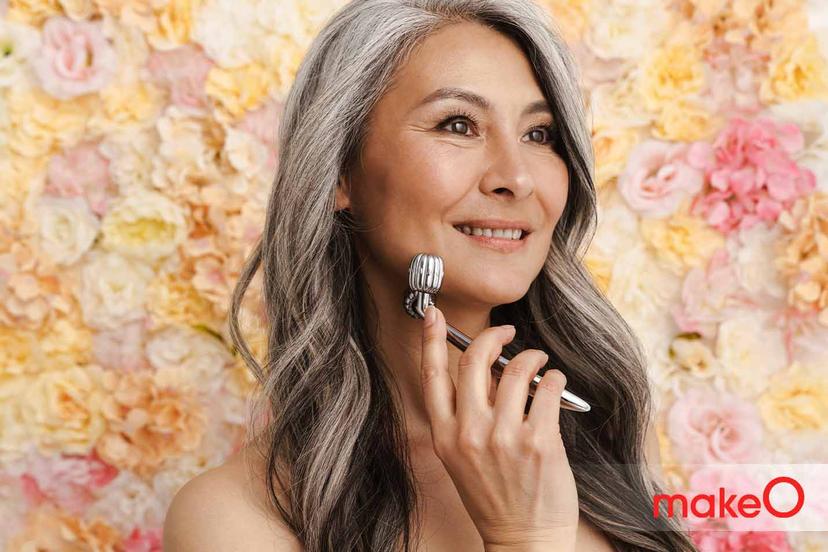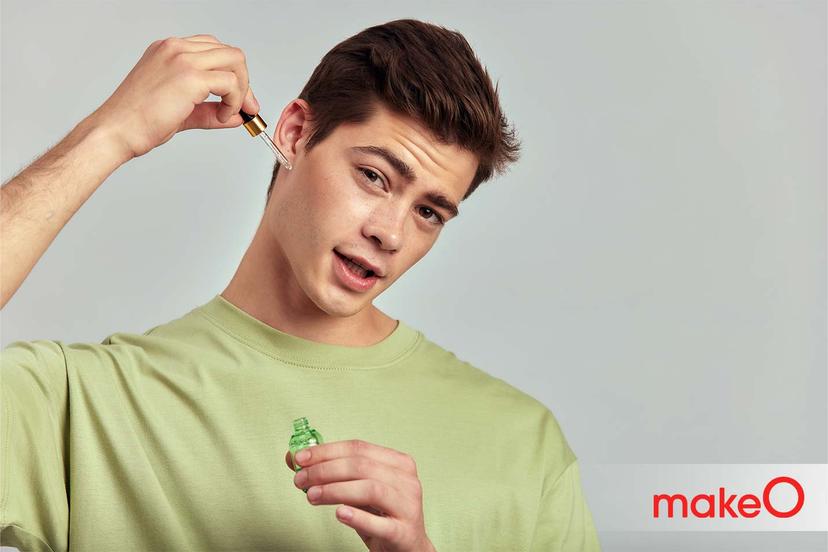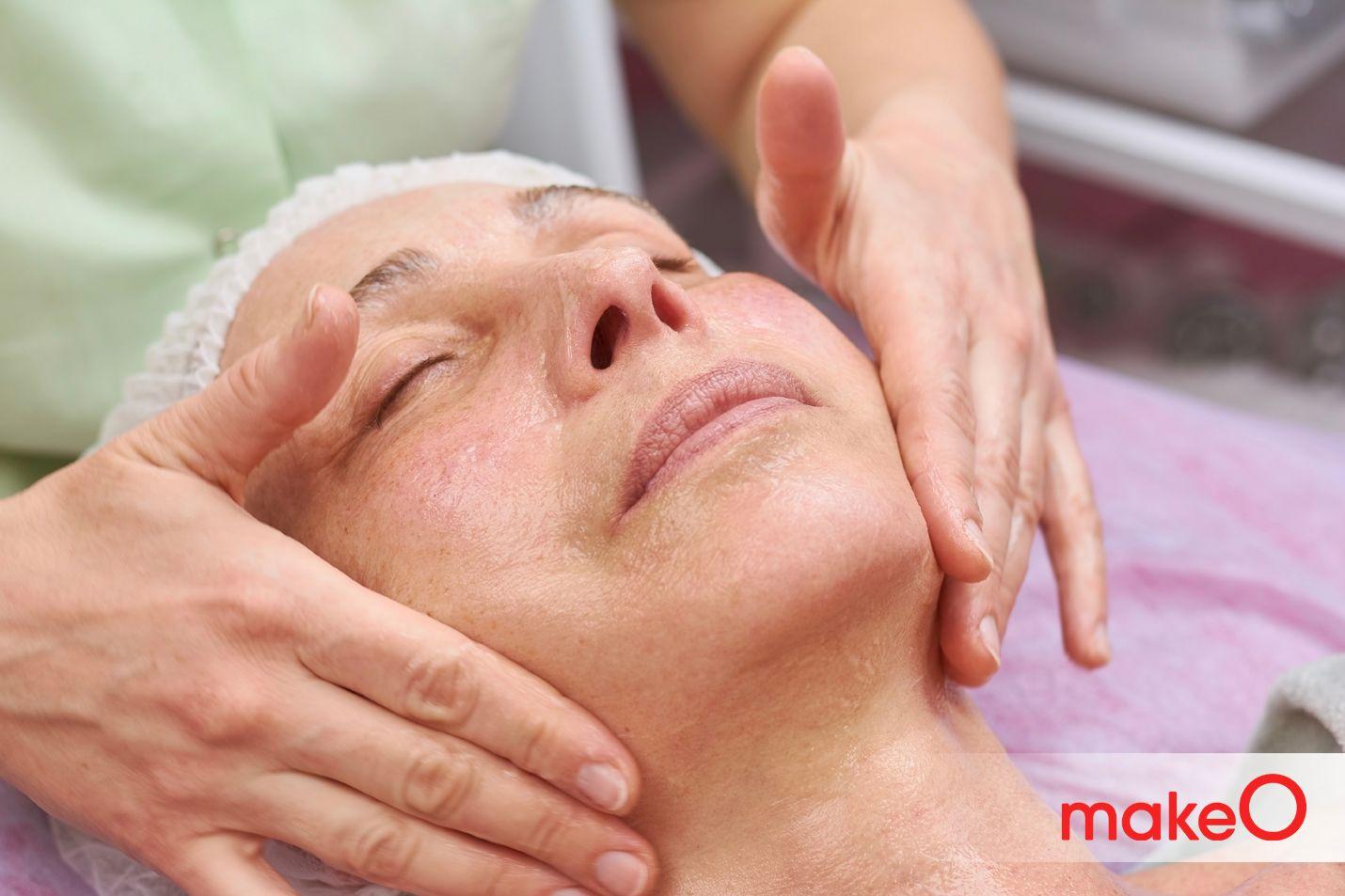MakeO blog
Facial muscles play a crucial role in our day-to-day lives. They help us express even the smallest emotions and enable us to chew our food well. As we grow older, facial muscles can also contribute to the appearance of wrinkles and other major signs of ageing. How and why do our facial muscles affect our skin’s ageing process? In this article, we’ll answer that question and more!
What are facial muscles?
We all know that the human body is a vast and complex network of muscles that work cohesively for our bodies to function as well as they do. So is the case with our faces too. The muscles present around the face are the muscles of expression, vital for expressing big and small emotions naturally. What makes facial muscles unique is that they are the only kind of muscles that are not only spread across the face and neck but also surround the facial opening like the mouth, nose, eyes etc.
Purpose of facial muscles
Now that you know a bit about facial muscles, let’s understand all the important things our facial muscles support.
- Chewing
Primarily, the muscles of the face help in chewing food while eating. The muscle in use is called the buccinator muscle and its job is to keep the food between the teeth while one chews. This muscle aids a smooth and efficient digestion!
- Facial expressions
From sadness to joy, envy and anger, facial muscles play a crucial role in creating various expressions. They help you smile, raise your eyebrows, and frown which evoke a sense of emotion that is necessary for verbal and non-verbal communication.
- Appearance
Facial muscles are also the building blocks of the face along with the bone structure and help in determining what a person looks like. The unique arrangement and tone of facial muscles contribute to an individual's distinctive appearance.
- Preventing drooling
Facial muscles, such as the orbicularis oris, help control saliva production and prevent drooling.
- Talking
The muscles of facial expression are essential for articulating words, allowing us to communicate effectively.
Where are different facial muscles located?
There are over 40 muscles in the face, each with its specific location and function. Some of the key facial muscles include:
1. Frontalis: Located on the forehead, it helps raise the eyebrows and wrinkle the forehead.
2. Orbicularis oculi: Found around the eyes, it enables blinking and squinting.
3. Zygomaticus major and minor: These muscles run from the cheekbones to the corners of the mouth, responsible for smiling.
4. Orbicularis oris: Surrounding the mouth, it controls the movement of the lips and assists in talking and eating.
5. Masseter: Located along the jawline, it helps with chewing and clenching the teeth.
Role of facial muscles in ageing
A youthful face with smooth skin, bereft of lines and sagging skin has positive effects on self-esteem. That’s why as we grow older and the signs of ageing begin to appear, they may have ill effects on our mental health and interpersonal relationships. With age, our muscles of facial expression begin to lose their tone and elasticity, making wrinkles and fine lines appear on our forehead, near our eyes and more.
The repetitive contraction of muscles in the face and the changes in muscle tones can cause wrinkles to form. Additionally, science has found that with age, muscles in the face weaken and are only able to pull some parts of the skin, thereby giving different expressions. This is the reason that you may notice a difference in older people’s expressions, especially their smiles!
Several factors contribute to facial ageing, including genetics, sun exposure, and lifestyle choices like smoking and poor diet. Understanding the role of facial muscles in ageing can help you make informed decisions about skincare and anti-ageing treatments.
Reverse the clock on your face with makeO skinnsi
Ageing is a natural process that cannot be prevented entirely, but with the right efforts taken consistently, you can delay it for longer. makeO skinnsi is a leading skincare brand that specialises in providing exceptional skin treatments and skincare products and some of our best services revolve around anti-ageing!
Our anti-ageing treatment is an FDA-approved service which uses the latest technology to fight wrinkles and other signs of ageing. Our dermatologist-approved procedure involves the use of radio-frequency energy to heat deeper layers of skin and promote the production of collagen. This enhances dull and sagging skin and revives your youth-like appearance like nothing else! Want to know more about this treatment and sign up? Head to our website and get started with your anti-ageing journey!
FAQs
What are the primary bones of the facial skeleton?
There are 14 main bones of the facial skeleton. They are the mandible (lower jaw), maxilla (upper jaw), nasal bones, zygomatic bones (cheekbones), and frontal bone (forehead).
How do muscles of expression contribute to the formation of wrinkles?
When the same muscles are repeatedly used to smile, frown or squint, they are habitually contracting and relaxing. Over decades, this constant activity leads to the appearance of wrinkles, folds and fine lines.
How can I prevent face skin wrinkles?
The formation of wrinkles can’t be prevented forever, but they can be delayed and decreased by maintaining a healthy lifestyle, having foods that promote collagen production in the skin, using sunscreen religiously, exercising regularly and undergoing frequent anti-ageing facials or treatments to enhance your skin and boost its youth.
Are there any exercises to strengthen the muscles of facial expression?
Face yoga is one of the common facial exercises that is known to target and strengthen the muscles of facial expression. These exercises can improve muscle tone and elasticity, potentially reducing the appearance of wrinkles and sagging skin.
related categories
Related articles

Anti-Ageing Face Oils: Unveiling the 10 Best Facial Oils for Youthful Skin

5 Common Mistakes to Avoid When Using a Face Roller

Is Aloe vera effective for acne? Find out

5 Side Effects of Hair Removal Creams That You Must Know

